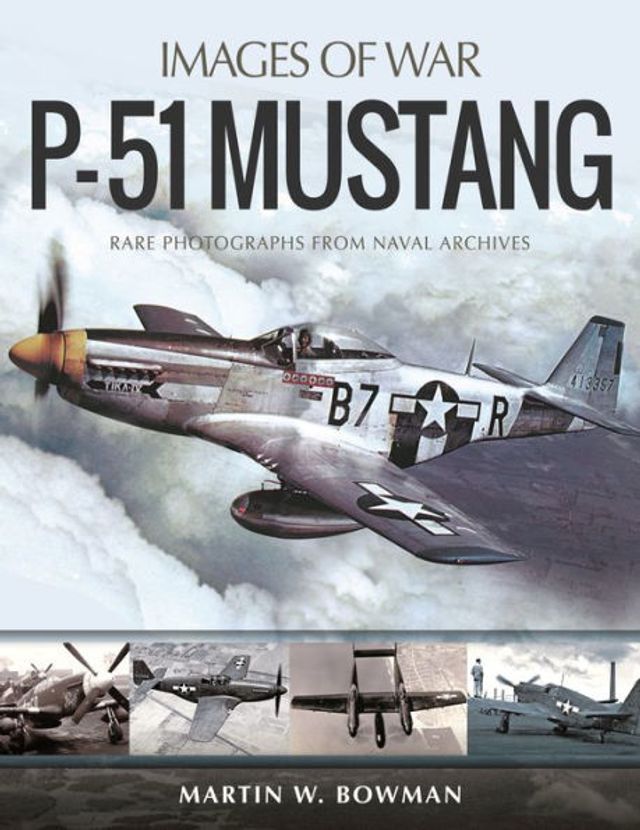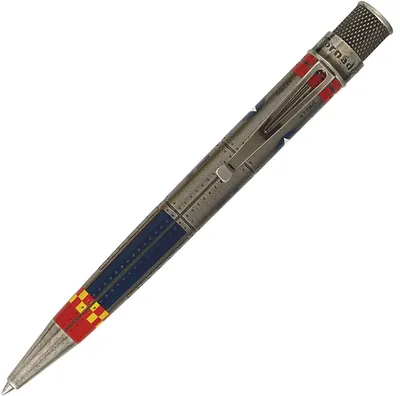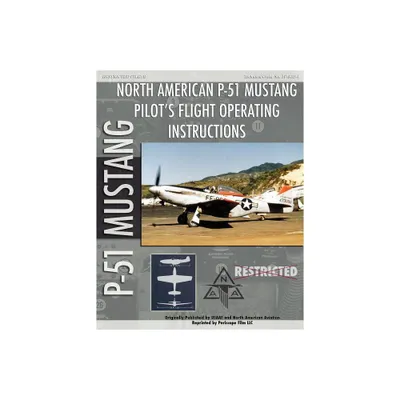Home
Woodbine Red Leader: A P-51 Mustang Ace the Mediterranean Theater
Loading Inventory...
Barnes and Noble
Woodbine Red Leader: A P-51 Mustang Ace the Mediterranean Theater
Current price: $7.99


Barnes and Noble
Woodbine Red Leader: A P-51 Mustang Ace the Mediterranean Theater
Current price: $7.99
Loading Inventory...
Size: Paperback
*Product Information may vary - to confirm product availability, pricing, and additional information please contact Barnes and Noble
A COMBAT ACE’S ACCOUNT OF PILOTING THE GREATEST SINGLE-SEAT FIGHTER IN WORLD WAR II
World War II marked the end of an era; fighter pilots still flew by the seat of their pants, and George Loving recaptures the exhilarating world of aerial combat in all its stark terror and fiery glory. His first fighter was the famed Spitfire, hero of the Battle of Britain. By 1943, however, it was obsolescent and did not match up well against the first-line German Messerschmitts and Focke-Wulfs. Yet Loving survived 101 combat missions flying the Spitfire. In the spring of 1944, Loving’s 31st Fighter Group started flying P-51 Mustangs and was transferred to the new Fifteenth Air Force to escort heavy-bomber formations on long-range strategic strikes across southern Europe, including southeastern Germany. In the flak-filled skies over Ploesti, Vienna, Bucharest, Munich, and Stuttgart, where a number of the war’s fiercest air battles took place, Lieutenant Loving flew head-to-head against some of the Luftwaffe’s top fighter aces.
By the time George Loving completed his 151st, and final, combat mission on August 21, 1944, he had risen from a lowly second lieutenant and untested wingman to captain, group leader, and Mustang ace. Loving’s gripping account captures the savage action he experienced in all its intensity.
World War II marked the end of an era; fighter pilots still flew by the seat of their pants, and George Loving recaptures the exhilarating world of aerial combat in all its stark terror and fiery glory. His first fighter was the famed Spitfire, hero of the Battle of Britain. By 1943, however, it was obsolescent and did not match up well against the first-line German Messerschmitts and Focke-Wulfs. Yet Loving survived 101 combat missions flying the Spitfire. In the spring of 1944, Loving’s 31st Fighter Group started flying P-51 Mustangs and was transferred to the new Fifteenth Air Force to escort heavy-bomber formations on long-range strategic strikes across southern Europe, including southeastern Germany. In the flak-filled skies over Ploesti, Vienna, Bucharest, Munich, and Stuttgart, where a number of the war’s fiercest air battles took place, Lieutenant Loving flew head-to-head against some of the Luftwaffe’s top fighter aces.
By the time George Loving completed his 151st, and final, combat mission on August 21, 1944, he had risen from a lowly second lieutenant and untested wingman to captain, group leader, and Mustang ace. Loving’s gripping account captures the savage action he experienced in all its intensity.


















